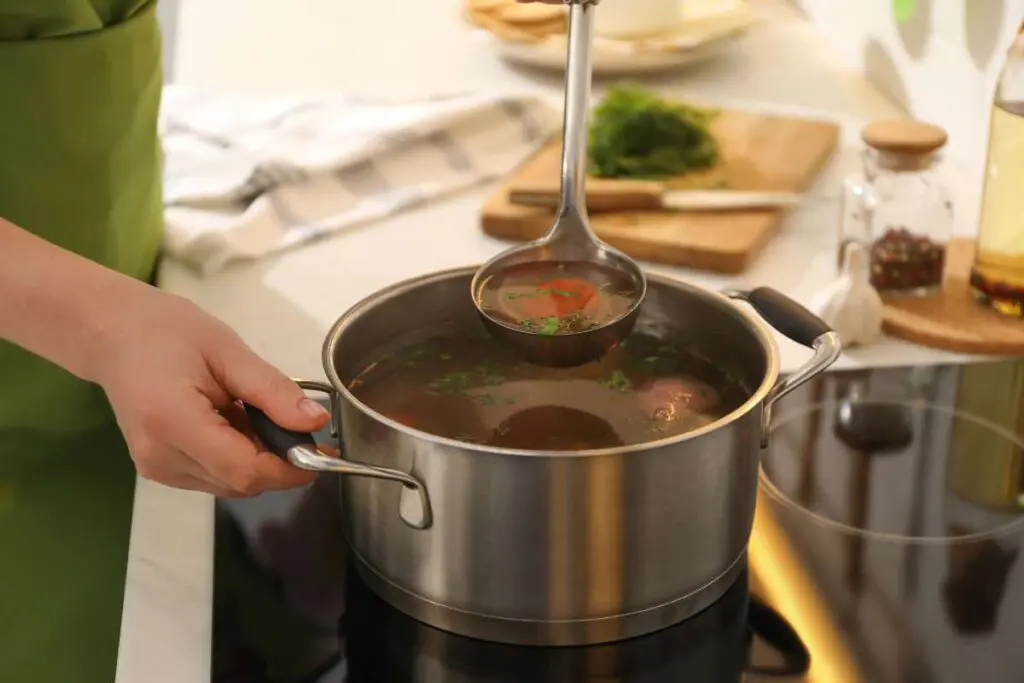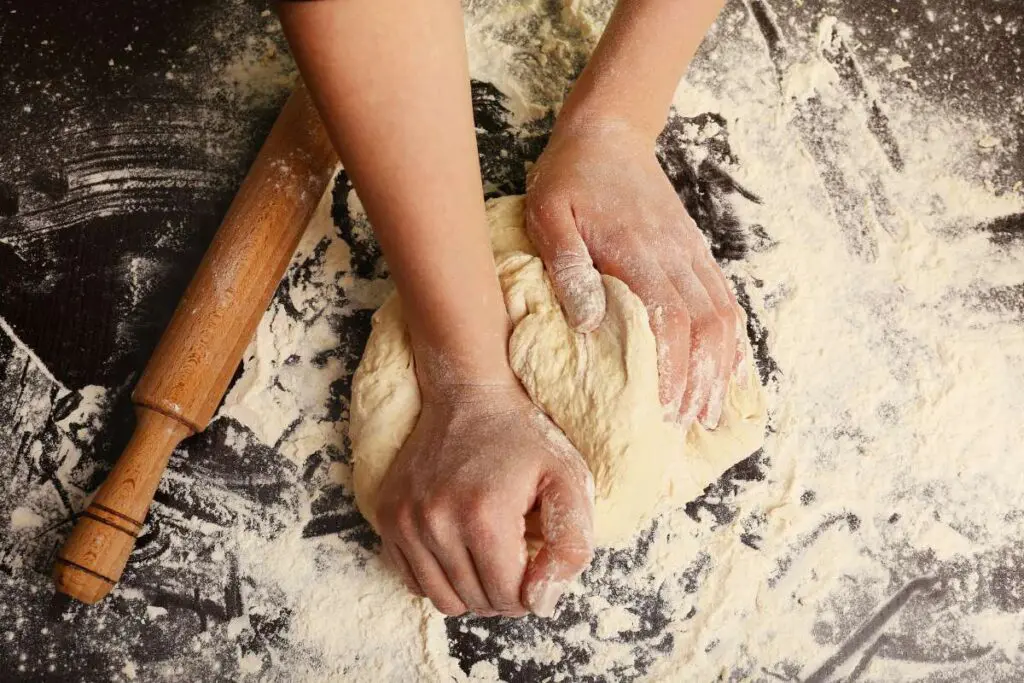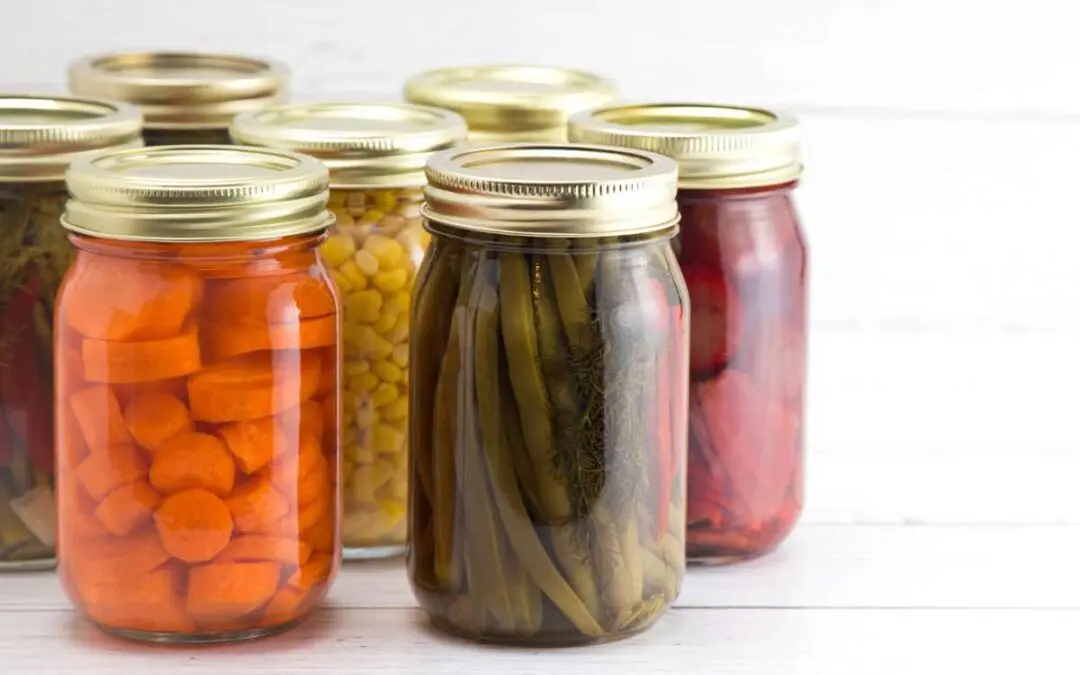Cooking from scratch doesn’t require a picturesque farmhouse kitchen, a knife set that costs as much as a used car, or knowledge of how to grind your own flour at home. From-scratch cooking isn’t just for Instagram chefs or homesteaders—it’s for anyone who wants to eat better, save cash, or maybe impress someone (even if that someone is just yourself). With a strong understanding of some basic kitchen strategies and essential skills that anyone can learn, you’ll be ready to ditch the overpriced processed junk and impulsive UberEats purchases and actually enjoy the process of preparing your own food.
Why Do Homemade Meals Matter?
Cooking from scratch allows you to reclaim control over your body and your health. When you rely on takeout or packaged meals you can avoid the onslaught of chemical cocktails of unpronounceable preservatives, food colorings, hidden sugars, MSG, and other mystery compounds that processed packaged foods are loaded with.. Making meals from scratch puts you in the driver’s seat. No weird additives, no unnecessary junk that you’ll want to detox from later—just real food that actually fuels you, and YOU get to determine and experiment to find the perfect taste, texture, and mouth-feel.
Eating out adds up fast– you’re paying a massive markup for convenience, while compromising on quality and vitamin and mineral content. Cooking at home drastically trims down your grocery budget, helps you make the most of your ingredients, and cuts down on waste. As you get more comfortable in the kitchen, cooking can even become a source of mindfulness, connection, and creativity. A homemade meal hits different when it’s shared—whether that’s with family, friends, or just you and a really good playlist.
Knife Skills and Kitchen Safety
Basic knife skills are necessary to ensure a safe kitchen. Hold the handle firmly, wrapping your fingers around it while pinching the blade near its base with your thumb and index finger. Your non-dominant hand should form a “claw,” so that the blade moves safely against your knuckles. When cutting, make sure you use a stable cutting board with a non-slip grip and if you find your knife falling, it’s better to just let it drop and step out of the way. With this you can learn a few basic cuts:
- Dicing: cubes for soups, stews, and stir-fries)
- Julienne: matchstick cuts for salads and garnishes)
- Chiffonade: thin ribbons of leafy greens)
- Mincing: super fine chopping for garlic, herbs, or ginger)

Building Flavor with Stocks, Sauces, and Seasoning
Once you know how to build flavor, you can tweak and improvise like a pro. Remember these four essential elements make your food pop:
- Salt: Enhances natural flavor and reduces bitterness.
- Acids (like lemon and vinegar): Brighten and balance richness.
- Fat (like butter and olive oi): Carries flavor and adds texture.
- Heat (like spices and chili): Brings complexity and depth.
Also, stocks and broths are the foundation of a good soup, stew, or sauce. While a store-bought stock works in a pinch, homemade stock is next level and shockingly easy to make with food bits that you likely would’ve thrown out anyway. Simmer veggies scraps (onion skins, carrot tops, herb stems, etc) or meat scraps and bones in water for a few hours. Optionally, you can add any herbs or spices you want to give your stock added flavor.
Once you have your stocks ready to go, your next flavor builder is a good sauce. These three basics unlock endless possibilities:
- Vinaigrette: Combine oil, vinegar, mustard, and seasoning to throw on salads, roasted veggies, or grilled meat.
- Pan sauce: Deglaze a pan with broth, wine, or lemon juice, whisk in butter, and you have an instant upgrade for any protein.
- Reduction sauce: Simmer down liquid (like balsamic vinegar or wine) until it thickens into a glossy, flavor-packed drizzle.
Fermentation and Preservation
Fermentation and preservation techniques have been around for centuries– before refrigerators, canned goods, and the option to waste a bag of spinach weekly. These culinary traditions have stood the test of time for a reason, boosting the nutritional value, flavor, and longevity of food.
Fermented foods like kimchi, yogurt, sauerkraut, and kombucha are loaded with probiotics that support a balanced microbiome, nutrient absorption, and even brain function. These are idiot-proof ways to get you started on fermentation:
- Yogurt: Heat milk to 180°F and then cool to 110°F. Stir in a spoonful of plain yogurt before covering and letting it sit in a warm area for 6-12 hours.
- Pickles: Submerge cucumbers in a 2% saltwater brine with garlic and dill. Let sit at room temperature for a few days.
- Sauerkraut: Shred cabbage, mix with salt, and massage till it releases liquid. Pack this into a jar and let it sit for 1-2 weeks.
Of course, not everything can (or should) be fermented. Sometimes, you just want food to last longer without losing quality. A few basic preservation ingredients will keep your ingredients fresh and your wallet happy:
- Freezing: Blanch vegetables and then freeze in small, airtight portions so you can grab what you need before defrosting everything for up to six months.
- Drying/dehydrating: Herbs, fruits, and even meats can be dehydrated in your oven by placing them on a baking sheet for 6-10 hours at 120°F.
- Canning: Fill and seal sterilized jars with your seasonal harvests. Process these in a boiling water bath and let jars cool for 12-24 hours undisturbed.

Baking and Dough Making
Yes, precision in baking matter, which can make it feel daunting, but once you understand a few core techniques, it becomes second nature. To start, understand the foundational ingredients that are the building blocks of baked goods:
- Flour: All-purpose flour is the most versatile and can be used for bread, biscuits, and cakes. Whole wheat flour is denser, while almond, oat, and coconut provide gluten-free alternatives that need to be adjusted for moisture and structure.
- Fats: Butter adds flavor and creates necessary flakiness for biscuits and pie crusts, while oil keeps cake and quick breads soft and moist. Shortening and lard can be used to increase tenderness in pastries and fried doughs.
- Sweeteners: Granulated white sugar is the standard for most baking. However, you can use brown sugar for moisture, or honey and maple syrups for added flavor depth.
- Leavening agents: Yeast is essential to make bread dough rise. Baking powder and baking soda provide a lift for quick breads, pancakes, and cookies, reacting with acid and heat for an instant rise.
Sourcing Quality Ingredients
A good meal starts with good ingredients. But with so many labels, price points, and options, how do you know what’s actually worth buying? When thinking about fruits and vegetables, focus on the look, feel, and smell. High-quality, fresh produce should look vibrant and not full, while having a mild firmness. Most fruits and vegetables also have a discernible smell, the absence of which will tell you that there’s no flavor. It is also important to understand what different labels and certifications mean:
- Organic: Avoids synthetic pesticides and fertilizers. Good for leafy greens and thin-skinned fruits like apples and pears.
- Grass-fed and pasture-raised: Applies to beef, dairy, and eggs to explain that the animals had a more natural diet.
- Wild-caught vs. farm-raised seafood: Wild-caught fish tend to have better nutrition and fewer contaminants. If you’re buying farm-raised, look for responsible farming certifications.
- Non-GMO: Mostly a marketing label unless applied to corn, soy, or other common genetically modified crops.
A well-stocked pantry also makes from scratch cooking easier, faster and more budget-friendly. Keeping versatile ingredients on hand means you can throw together a meal without an emergency grocery run. You should look to cover the basics and your favorites in the following food categories: grains, legumes, fats, seasonings, and proteins.
Start Cooking From Scratch
You don’t have to grind your own flour or build a backyard smokehouse– though you totally could. When you have a foundation of the basics of cooking, you get better food, more control over what you eat, and the kind of confidence that comes from knowing you have the ability to whip up what you want when you want it. Take it one step at a time, and remember- if all else fails, a slice of cheese melted between some sourdough toast is often good enough!

